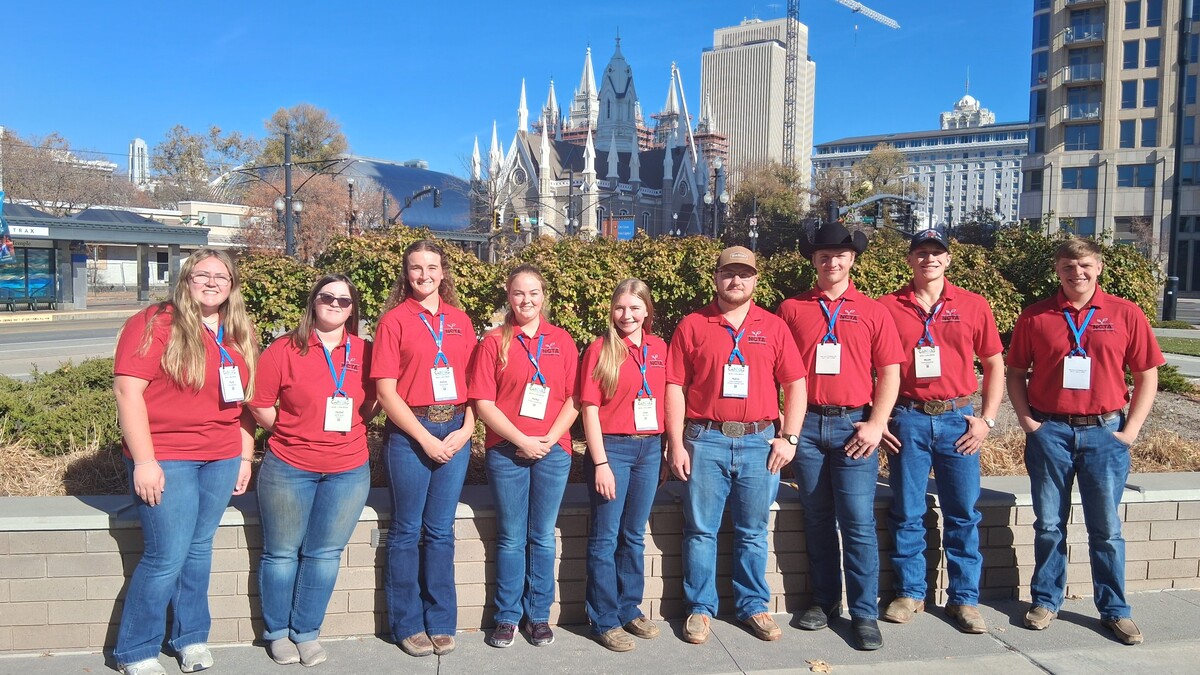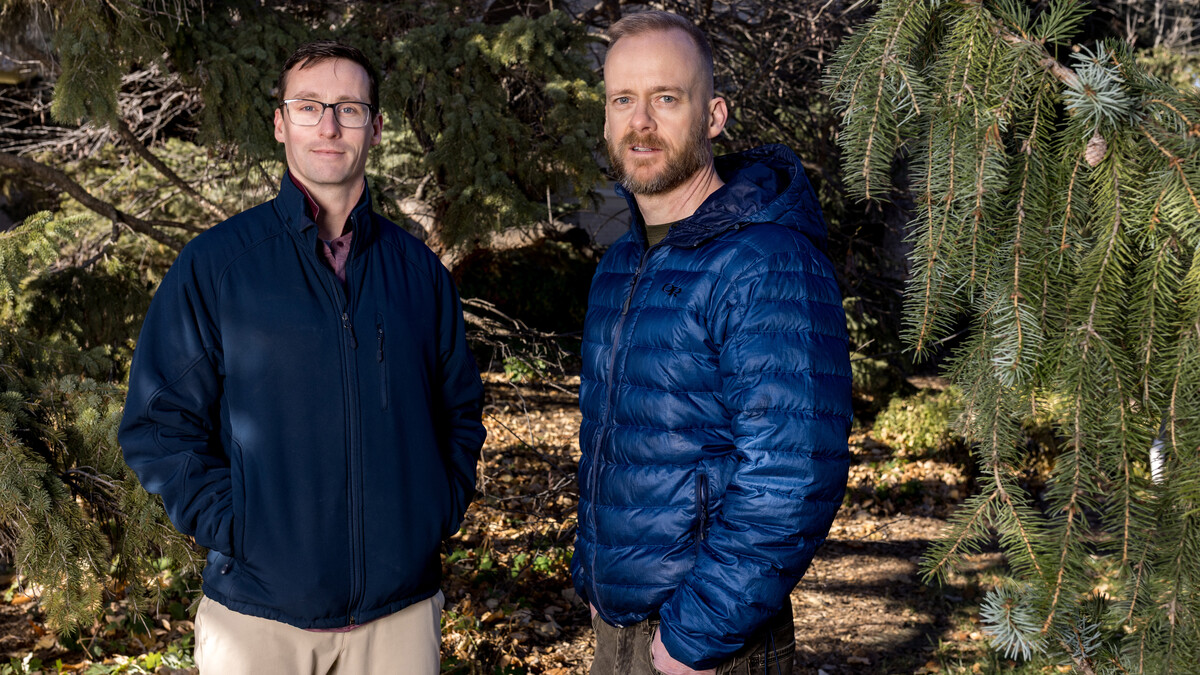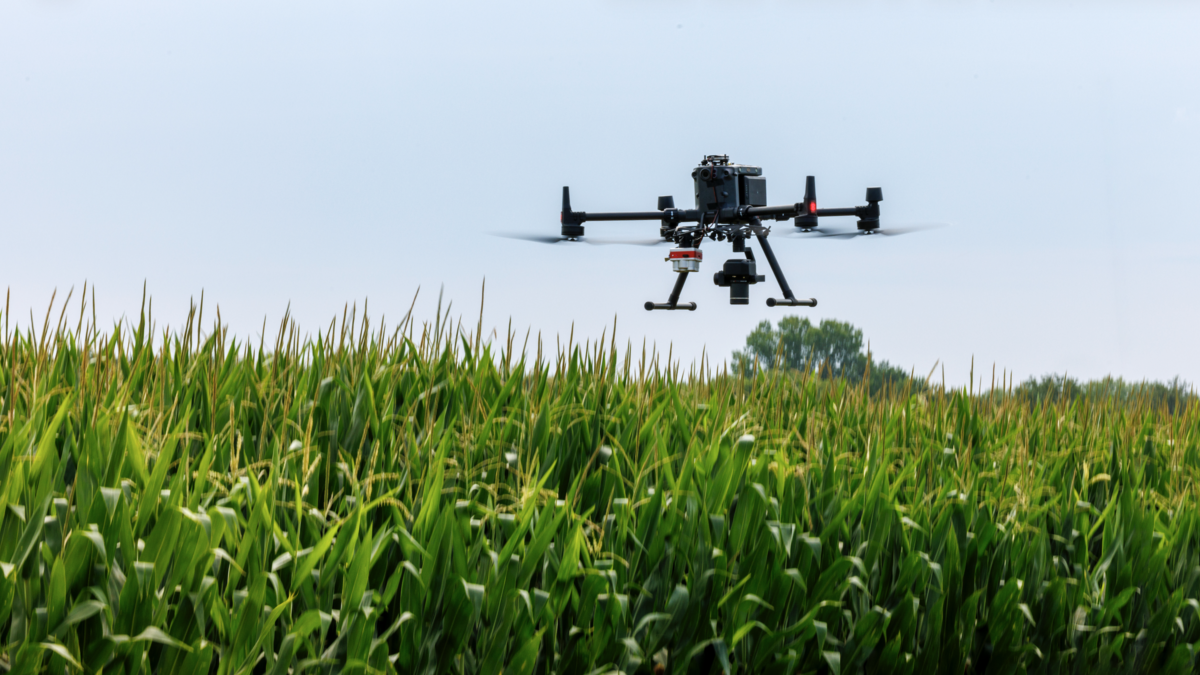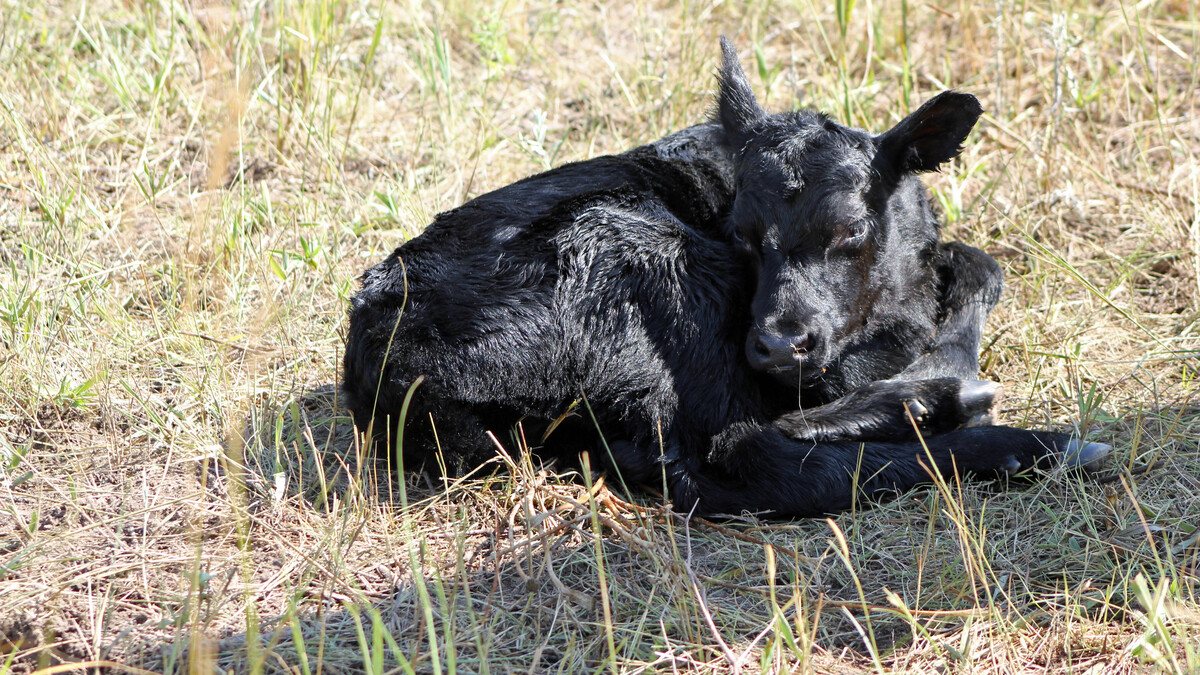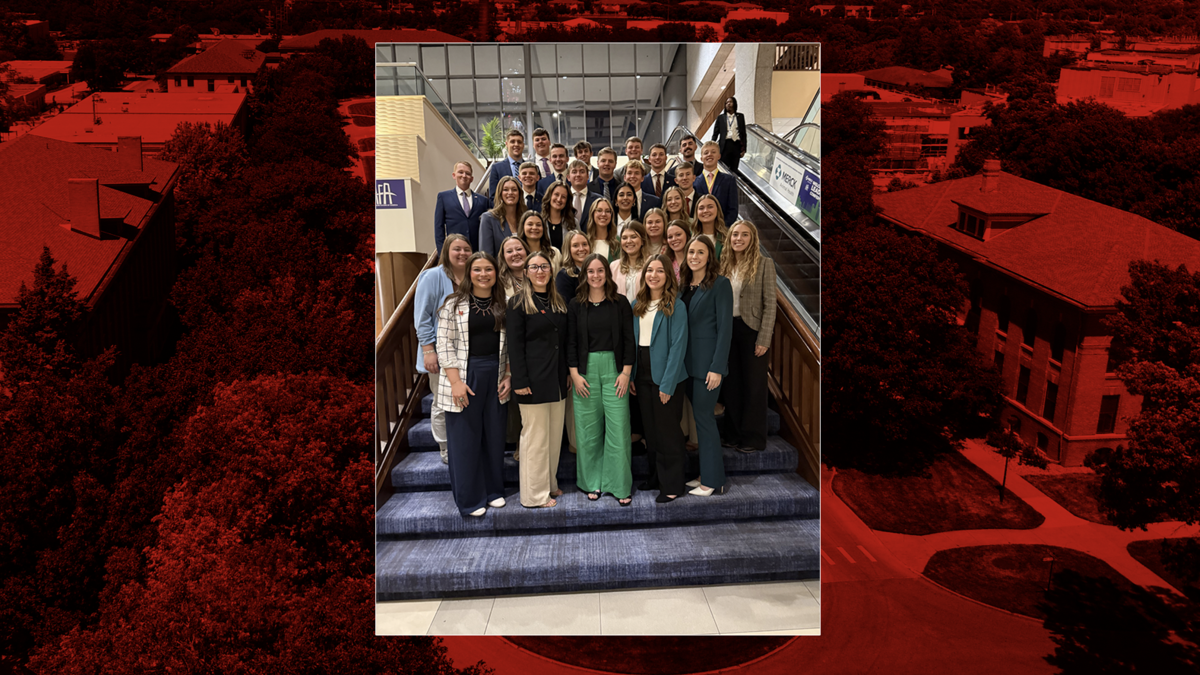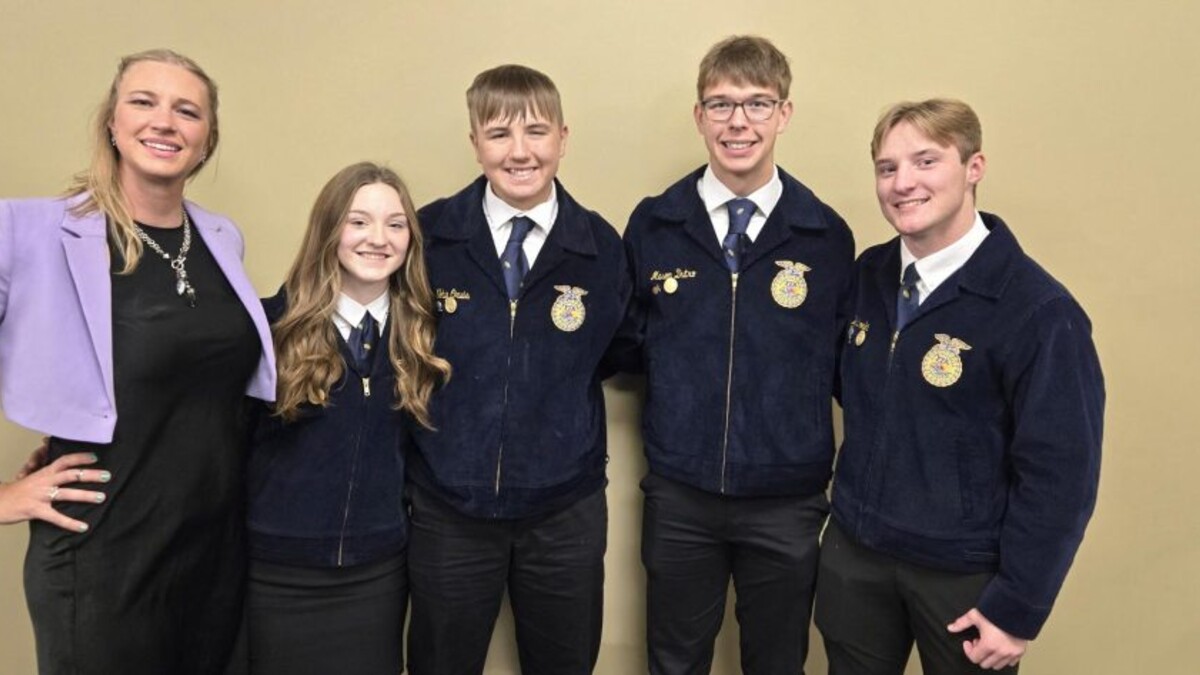
The past several years have been profitable for cattle producers. Cow/calf operations are amid a period of unprecedented high incomes—something that crop farmers experienced back in 2012 and again in 2022. Strong income years are a blessing, but they also bring challenges: larger tax bills, pressure to spend on prepaid expenses, and the temptation to push income forward or load up on depreciable purchases. There are some lessons that we can learn from the peaks of crop profitability that will hopefully avoid some of the pitfalls that come with a downturn that is inevitably ahead.
Early, proactive tax planning is one of the most valuable tools you have. Getting to your tax preparer sooner will allow you more time to make the adjustments that are right for your operation. Oftentimes, if you have just a few weeks to move a lot of income around, panic or quick decisions can turn into decisions you wish you hadn’t made.
Smart Spending vs. Quick Spending
The most common mistake I see is year-end panic spending. A producer says, “If I buy this piece of equipment, I’ll save on taxes.” But let’s step back and do the math.
If you spend $100,000 just to save $30,000 in taxes, you still spent $70,000 you did not need to. It often makes more sense to have that $70,000 available to pay down debt, and shore up liquidity for the next downturn? Debt reduction cannot happen without taxable income, especially when that debt is carryover operating or land debt. To have money to pay principal (a non-deductible expense), your taxable income must be higher than your non-farm expenses, income taxes, and principal payments for the year. If it is not, you will have to borrow more money from your operating note to pay for your expenses.
Buying assets or breeding livestock should be a business decision first, and a tax decision second. When the order flips, that snowball of debt, depreciation, and future tax problems starts rolling—and it can grow faster than you think.
Using Depreciation Wisely
Accelerated depreciation can be an excellent tool, but it needs to be used with caution. We have two options to accelerate depreciation: Section 179 and Bonus (or Special) Depreciation. Both of these provisions received updates with the One Big Beautiful Bill Act passed in July of 2025. The bill enhanced Section 179 limits and made 100% bonus depreciation permanent.
- Section 179: For 2025, producers can expense up to $2.5 million of qualifying purchases, with a phase-out starting at $4 million. That includes equipment, breeding livestock, and certain improvements. It does not include multi-purpose farm buildings such as a machine shed.
- Bonus Depreciation: Bonus depreciation allows you to deduct 100% of the purchase price of almost all new or used farm assets in the year of purchase with no limit. This option includes pretty much all asset purchases including multi-purpose farm buildings.
The key difference between these two options is flexibility. Section 179 allows you to elect in through a $ for $ method. You can choose any dollar amount up to the limits that you want to use. With bonus depreciation you must elect out by asset life class (e.g., all 7-year assets), not just individual purchases. That makes it an “all or nothing” choice for each category.
Between these two tools, most farm assets can be written off in the year they are acquired. That’s powerful—but it also means you can run out of depreciation when you need it most. Stretching deductions across multiple years often makes more long-term sense, especially when you are financing the purchase. In future years when you need to make principal payments, you won’t have a deduction to offset that cash outlay. If you are paying for capital purchases with cash or recognizing gain on the sale of a traded asset, then using accelerated depreciation makes sense.
Prepaying Expenses
Another common tax strategy is prepaying expenses. IRS Publication 225 (the Farmer’s Tax Guide) allows prepaying certain ordinary farm expenses if they meet the following guidelines.
- The expense must be for a specific quantity (e.g. 500 gallons of fuel, 50 tons of hay).
- It must be for a business purpose, not just to reduce taxes.
- The prepayment must not be a mere deposit—it must be for an actual purchase, not just money held on account.
Feed, seed, fertilizer, chemicals, fuel, and vet supplies are examples that may qualify. Prepaying can be a good tool when used deliberately, but don’t prepay just for the sake of lowering taxes if it strains your cash flow. Also, be sure to consider the impact that operating interest rates have on these decisions. With higher rates, the cost of carrying prepaid expenses can be significant and could be more than the actual tax savings. Planning prepaid expenses with a business first, tax decision second mentality can save your operation money in the long term.
Balancing Debt and Cash Flow
High-income years bring a unique temptation: borrowing money to “buy down” taxes. But remember—debt payments don’t go away just because income is lower next year (or 3 years from now). If you finance $200,000 in new purchases to save taxes today, you’ve committed to making those principal and interest payments for years to come.
That’s where liquidity and cash flow planning becomes critical. Having strong cash reserves gives you options when markets soften, interest rates rise, or other things out of your control impact the operation. Paying down debt in good years may not feel as exciting as driving home new equipment, but it often leaves your operation in a far stronger position. This has to be one of the biggest lessons we can take from crop operations. The high profit years led to increased spending and debt. When margins got tight, those debt payments were still waiting to be paid.
Final Thoughts
High-income years are opportunities to build lasting strength into your operation. By planning early, spending wisely, and using depreciation and prepay strategies with care, you can lower your tax bill without creating tomorrow’s snowball problem. Smart tax planning keeps that snowball from gaining speed and size. Done wrong, it can crash into your operation. Done right, it can melt into opportunities that keep you stronger for the long haul.
The goal isn’t just to reduce taxes—it’s to keep your ranch resilient, flexible, and ready for whatever the cattle markets bring next.
